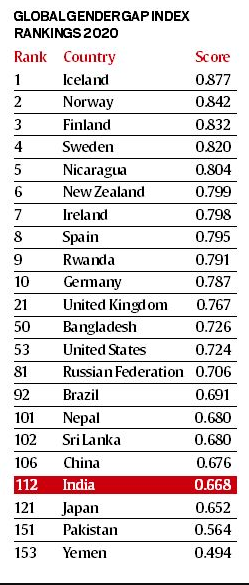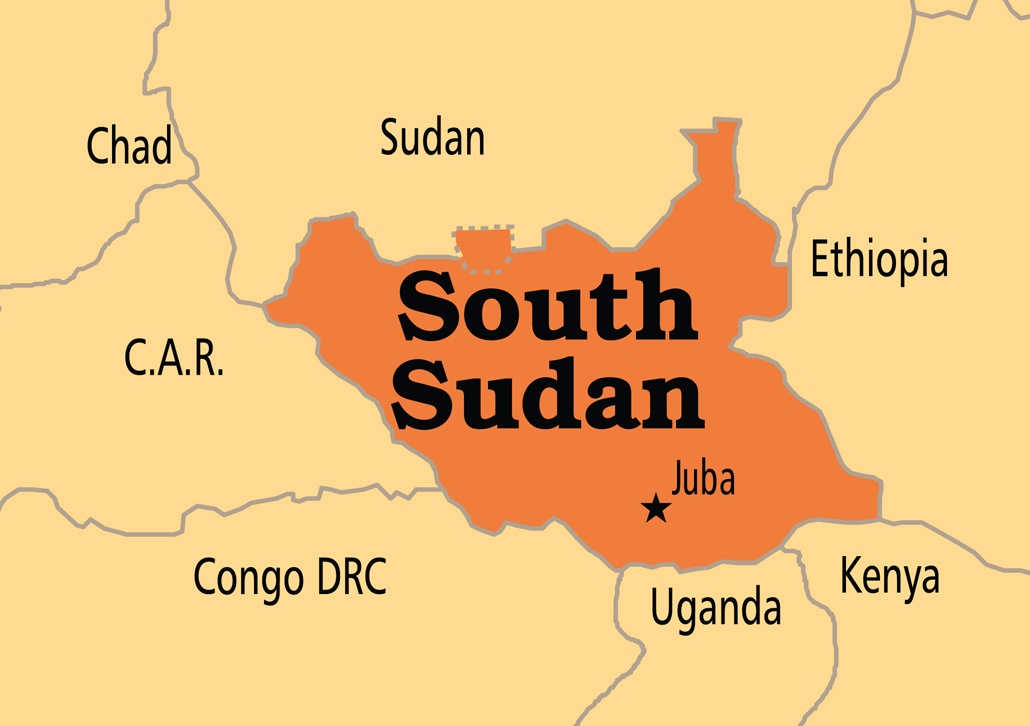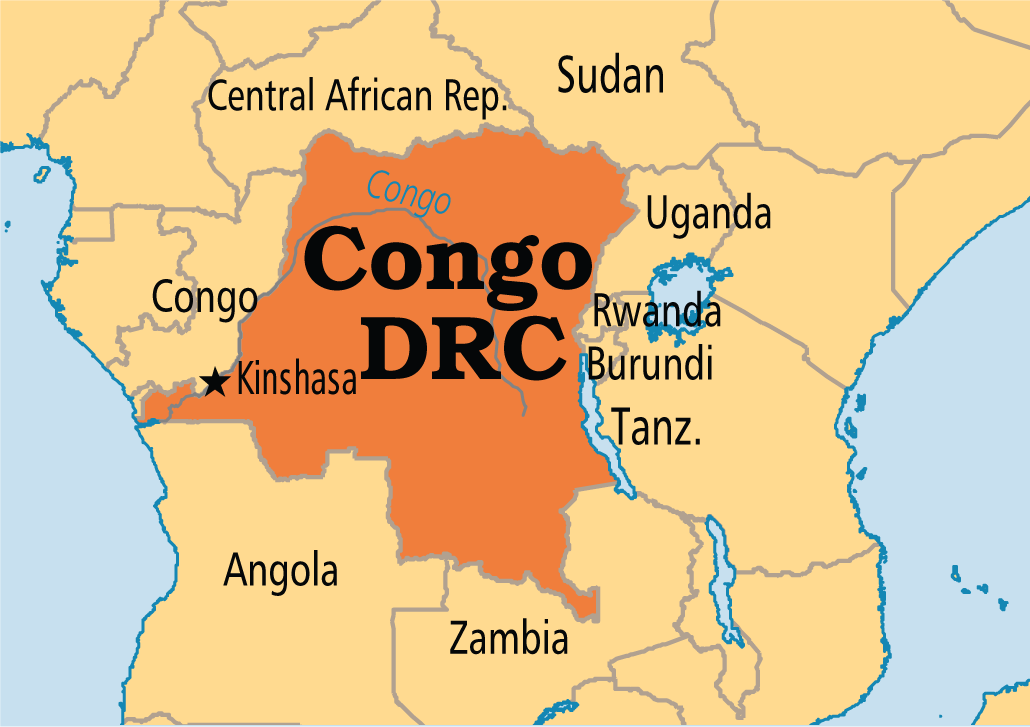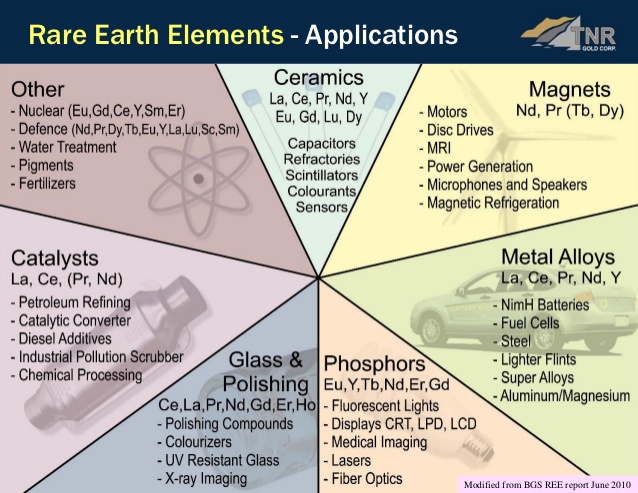Social Justice
Global Gender Gap Index 2020: WEF
Why in News
India has been ranked 112th among 153 countries in the annual Global Gender Gap Index for 2020, published by the World Economic Forum (WEF).
- The WEF published its first gender gap index in 2006.
- The Global Gender Gap Index benchmarks 153 countries on their progress towards gender parity in four dimensions:
- Economic Participation and Opportunity,
- Educational Attainment,
- Health and Survival and
- Political Empowerment
- The Index aims to serve as a compass to track progress on relative gaps between women and men on health, education, economy and politics. Through this annual yardstick, the stakeholders within each country are able to set priorities relevant in each specific economic, political and cultural context.
- Over the Index, the highest possible score is 1 (equality) and the lowest possible score is 0 (inequality).
Key Findings
- Globally, the average (population-weighted) distance completed to gender parity is at 68.6%, which is an improvement since the last edition. It will take 99.5 years to achieve full parity between men and women at the current rate of change.
- The largest gender disparity is in political empowerment. Only 25% of the 35,127 seats in parliaments around the world are occupied by women, and only 21% of the 3,343 ministers are women.
- Iceland has been the frontrunner on the Global Gender Gap Index for 11 years in a row. It has closed almost 88% of its gender gap, followed by Nordic neighbours Norway, Finland and Sweden.
- Yemen is ranked the worst (153rd), while Iraq is 152nd and Pakistan 151st.
India- Specific Findings
- India has slipped to the 112th spot from its 108th position in the last edition. India was ranked relatively higher at 98th place in 2006 Report.
- India has been ranked below countries like China (106th), Sri Lanka (102nd), Nepal (101st), Brazil (92nd), Indonesia (85th) and Bangladesh (50th).
- Performance on Four Indicators: India has improved to 18th place on political empowerment but it has slipped to 150th on health and survival, to 149th in terms of economic participation and opportunity and to 112th place for educational attainment.
- Economic
- Among the 153 countries studied, India is the only country where the economic gender gap (0.354) is larger than the political gender gap (0.411).
- India is among the countries with very low women representation on company boards (13.8%), while it was even worse in China (9.7%).
- On health and survival, four large countries -- Pakistan, India, Vietnam and China -- fare badly with millions of women there not getting the same access to health as men.
World Economic Forum
- The World Economic Forum is the International Organization for Public-Private Cooperation.
- It was established in 1971 as a not-for-profit foundation and is headquartered in Geneva, Switzerland. It is independent, impartial and not tied to any special interests.
- The Forum strives in all its efforts to demonstrate entrepreneurship in the global public interest while upholding the highest standards of governance.
Indian Polity
No State Wise Minority Classification: SC
Why in News
The Supreme Court has dismissed a plea seeking guidelines to “identify and define” religious minorities in every State to protect their culture and interests.
- The petition sought to recognise Hindus as minorities in the States where they are low in population.
- Currently, the linguistic minorities are identified on a state-wise basis thus determined by the state government whereas religious minorities are determined by the Central Government.
- A linguistic minority is a group of people whose mother tongue is different from that of the majority in the state or part of a state.
- However, the Supreme court ruled that languages are restricted state wise but religion is beyond all borders, especially political borders.Thus, religion needs to be considered on a pan-India basis and not state-wise.
Background
- Constitutional Provisions:
- The term "Minority" is not defined in the Indian Constitution. However, the Constitution recognises only religious and linguistic minorities.
- Article 29 : It provides that any section of the citizens residing in any part of India having a distinct language, script or culture of its own, shall have the right to conserve the same.
- It grants protection to both religious minorities as well as linguistic minorities. However, the Supreme Court held that the scope of this article is not necessarily restricted to minorities only, as use of the word ‘section of citizens’ in the Article that include minorities as well as majority.
- Article 30 : Under the article, all minorities shall have the right to establish and administer educational institutions of their choice.
- The protection under Article 30 is confined only to minorities (religious or linguistic) and does not extend to any section of citizens (as under Article 29).
- Article 350-B : Originally, the Constitution of India did not make any provision with respect to the Special Officer for Linguistic Minorities. But, the Seventh Constitutional Amendment Act of 1956 inserted Article 350-B in the Constitution.
- It provides for a Special Officer for Linguistic Minorities appointed by the President of India.
- It would be the duty of the Special Officer to investigate all matters relating to the safeguards provided for linguistic minorities under the constitution.
- Parliamentary Provisions:
- National Commission for Minorities Act, 1992
- The act defines a minority as “a community notified as such by the Central government.'' Government of India has declared six religions namely, Muslims, Christians, Sikhs, Buddhist and Parsis (Zoroastrian) and Jain as religious minorities in India.
- Under this act, the government formed the National Commission for Minorities which consist of Chairperson, a Vice-Chairperson and five Members.
- The five Members including the Chairperson shall be from amongst the minority communities.
- The commission monitors the working of the safeguards provided in the Constitution and in laws enacted by Parliament and the State Legislatures.
- It also makes recommendations for the effective implementation of safeguards for the protection of the interests of minorities by the Central Government or the State Governments.
- National Commission for Minorities Act, 1992
Minorities Rights Day in India
- National Commission for Minorities observes the 18th December as Minorities Rights Day every year.
- The day marks the adoption of the “Declaration on the Rights of Persons belonging to National or Ethnic, Religious and Linguistic Minorities” by the United Nations in 1992.
- The declaration states that States shall protect the existence of the National or Ethnic, Cultural, Religious and Linguistic identity of minorities within their respective territories and encourage conditions for the promotion of that identity.
Governance
National Broadband Mission
Why in News
The Ministry of Communications has launched ‘National Broadband Mission’ that will facilitate universal and equitable access to broadband services across the country, especially in rural and remote areas.
- The Mission is part of the National Digital Communications Policy, 2018.
- The vision of the Mission is to fast-track growth of digital communications infrastructure, bridge the digital divide, facilitate digital empowerment and inclusion, and provide affordable and universal access of broadband for all.
- It can be noted that through BharatNet, broadband services have reached in as many as 142,000 village blocks, and the latest mission aims to offer broadband for all by 2022 including remotely-located hospitals, schools and post offices.
Key Features
Some of the objectives of the Mission which are structured with a strong emphasis on the three principles of universality, affordability and quality are:
- Broadband access to all villages by 2022.
- Significantly improve quality of services for mobile and internet.
- Develop a Broadband Readiness Index (BRI) to measure the availability of digital communications infrastructure and conducive policy ecosystem within a State/UT.
- Creation of a digital fiber map of the Digital Communications network and infrastructure, including Optical Fiber Cables and Towers, across the country.
- Laying of incremental 30 lakhs route km of Optical Fiber Cable and increase in tower density from 0.42 to 1.0 tower per thousand of population by 2024.
- The Centre will work with States and UTs for having consistent policies pertaining to expansion of digital infrastructure including for Right of Way (RoW) approvals required for laying of optical fibre cable.
- Investment from stakeholders of Rs 7 Lakh Crore including Rs 70,000 crore from Universal Service Obligation Fund (USOF).
Governance
Packaged Foods Breach Salt and Fat Limits
Why in News
According to a recent analysis by the Centre for Science and Environment (CSE), an array of packaged snacks and fast foods breach safe limits of salt and fat content.
- CSE relied on the concept of the Recommended Dietary Allowance (RDA) to calculate the safety limits.
Recommended Dietary Allowance
- RDA is a daily ceiling on the amount of salt, fat, carbohydrates and trans fats.
- It is based on scientific consensus and has been agreed upon by expert bodies such as the World Health Organisation and the National Institute of Nutrition in India.
- According to RDA, ideally an adult should not consume more than 5 gm of salt, 60 gm of fat, 300 gm carbohydrate and 2.2 gm of trans fat on every day basis.
Centre for Science and Environment
- It is a public interest research and advocacy organisation based in New Delhi. CSE researches into, lobbies for and communicates the urgency of development that is both sustainable and equitable.
- It was established in 1980.
Key Points
- CSE analysed samples were collected from grocery stores and fast food outlets in the city.
- It found out that given the size of servings and the amount of nutrients per 100 gm, a single packet of packaged item had more salts and fats than the recommended limits.
- In 2019, Food Safety and Standards Authority of India (FSSAI) proposed draft Food Safety and Standards (Labelling and Display) Regulations, which require packaged food companies to declare nutritional information such as calories (energy), saturated fat, trans-fat, added sugar and sodium per serve on the front of the pack.
- The food labels also need to declare, per serve percentage contribution to RDA on the front of the pack.
- Though these regulations are under discussions since 2015 and several drafts have come out on them, they have yet to become law, and to be operationalised.
- The CSE concluded that all of the popular snacks and fast foods should display a ‘Red Octagon’ on the front of the pack.
- Red Octagon is a warning symbol employed in packaged foods in Chile and Peru. It has a number and the name of the food component within that indicates how widely off the RDA a particular ingredient is.
- For example a Red “3.1 Salt” on a pack of potato chip, indicates that the salt it contains is 3.1 times the RDA for snacks.
- The food industry is opposing the move because all of the packaged food which was tested would come under the red mark.
- The regulations, as of now, don’t apply to fast foods such as burgers and pizzas, even though they were included in the CSE analysis.
International Relations
Global Refugee Forum
Why in News
Recently, the Global Refugee Forum meeting was held in Geneva, Switzerland.
- It was the first ever meeting of global refugee forum.
Key Points
- Global Refugee Forum is guided by the Global Compact on Refugees.
- The compact calls for greater support to refugees and the countries that host them, often among the poorest in the world, and also aims to help refugees become more self-reliant so that they can contribute more to their own future and to that of the host community.
- The compact emerged from the New York Declaration for Refugees and Migrants in 2016.
- The United Nations General Assembly unanimously adopted the declaration in 2016. It reaffirms the importance of the international refugee regime and contains a wide range of commitments by Member States to strengthen and enhance mechanisms to protect people on the move.
- It is part of the United Nations High Commissioner for Refugees (UNHCR).
United Nations High Commissioner for Refugees
- It is a UN Refugee Agency and a global organization dedicated to saving lives, protecting the rights and building a better future for refugees, forcibly displaced communities and stateless people.
- It was created in 1950 to help millions of Europeans who had fled or lost their homes.
- It is headquartered at Geneva, Switzerland.
Social Justice
Post-Partum Haemorrhage (PPH)
Why in News
Recently, an advisory was issued by the Union Health Ministry to States to adopt the Gujarat model of “non-interventional approach during the final stages of labour” as the best obstetric practices.
- However, obstetricians say the advisory runs contrary to the World Health Organization (WHO) recommendations and this can undo all their efforts to reduce Post-Partum Haemorrhage (PPH) and prevent mothers bleeding to death.
- PPH is the leading cause of maternal mortality in India.
Post-Partum Haemorrhage
- Postpartum haemorrhage (PPH) is defined as a blood loss of 500 ml or more within 24 hours after birth.
- PPH is the leading cause of maternal mortality in low-income countries, and the primary cause of nearly one quarter of all maternal deaths globally.
- Common Cause: Once a baby is delivered, the uterus normally contracts and pushes out the placenta. After the placenta is delivered, these contractions help put pressure on the bleeding vessels in the area where the placenta was attached. If the uterus does not contract strongly enough, these blood vessels bleed freely.
WHO’s Recommendations
- WHO-recommended strategy is that of “active management of third stage of labour” (AMTSL).
- The third stage is the time between the delivery of the baby and the expulsion of the placenta and its duration could be approximately six to 30 minutes.
- The volume of blood loss during this time depends on how long it takes the placenta to separate from the uterine wall and how effectively the uterine muscle contracts in the immediate post-partum period.
- WHO recommends the use of uterotonics (drugs to contract uterus and reduce bleeding) as the best critical measure.
Government’s Advisory
- The new advisory, advocates the physiological management or the “hands-off” approach during the third stage of labour.
- It says to delay the clamping and cutting of umbilical cord till placenta separates naturally and is expelled from the uterus. And that the uterotonic oxytocin be administered only after the placenta is expelled.
Important Facts For Prelims
Three Capitals for Andhra Pradesh
Why in News
The Chief Minister of Andhra Pradesh recently hinted that the State could have three Capitals for decentralised development, on the lines of the ones in the Republic of South Africa.
Key Points
- The state can have three capitals — legislative, executive and judicial.
- Visakhapatnam, which has infrastructure, can be considered for being the executive capital without much investment.
- Amaravati can be retained as the legislative capital.
- Kurnool can be considered as the judicial capital.
- The decision will be taken after discussing the details, logistic and reports by reputed consultancy firms.
- Republic of South Africa has three capitals:
- Pretoria, the administrative capital
- Cape Town, the legislative capital
- Bloemfontein, the judicial capital
- The Constitutional Court is located in Johannesburg.
Important Facts For Prelims
Indian Peacekeepers in South Sudan
Why in News
The Indian peacekeepers serving in South Sudan have been awarded the United Nations (UN) medal for their service and contribution to building peace in the country.
UN Peacekeeping
- UN Peacekeeping helps countries navigate the difficult path from conflict to peace.
- It deploys troops and police from around the world, integrating them with civilian peacekeepers to address a range of mandates set by the UN Security Council (UNSC) and the General Assembly.
UN Peacekeeping and India
- Currently, there are more than 6,700 troops and police from India who have been deployed to UN peacekeeping missions, the fourth highest amongst troop-contributing countries.
- More than 200,000 Indians have served in 49 of the 71 UN peacekeeping missions established around the world since 1948.
- India has a long tradition of sending women on UN peacekeeping missions.
- In 2007, India became the first country to deploy an all-women contingent to a UN peacekeeping mission.
- Indian peacekeepers have served in UN peacekeeping missions around the world.
Important Facts For Prelims
Rare Earth Metal Mining in DR Congo
Why in News
The International Rights Advocates (IRA) has filed a lawsuit against US tech giants over the death of child labourers in cobalt mines in the Democratic Republic of Congo.
- DR Congo produces 60% of the world's supply of cobalt and is the world’s largest producer of the rare metal, which is crucial for making batteries used in mobile phones and electric vehicles.
Rare Earth Minerals
- Rare earths are a series of chemical elements found in the Earth’s crust.
- These minerals have unique magnetic, luminescent, and electrochemical properties and thus used in many modern technologies, including consumer electronics, computers and networks, communications, health care, national defense, etc.
- They are called 'rare earth' because earlier it was difficult to extract them from their oxides forms technologically.
- They occur in many minerals but typically in low concentrations to be refined in an economical manner.
Cobalt
- Cobalt makes up only 0.001% of Earth’s crust.
- It is similar to iron and nickel in its physical properties.
- It is found in plants and animals, air, water, soil, rocks.
- Cobalt is used in many alloys & super alloys to make parts in aircraft engines, gas turbine, high-speed steels, corrosion resistant alloys, cemented carbides.It is also used in magnets and magnetic recording media.
- The radioactive isotopes, cobalt-60, is used in medical treatment and also to irradiate food.
International Rights Advocates
- It is a non governmental organisation that promotes human rights and corporate accountability through legal advocacy and capacity building.





